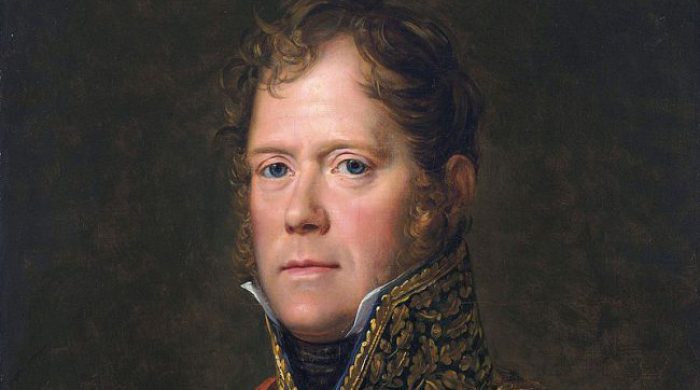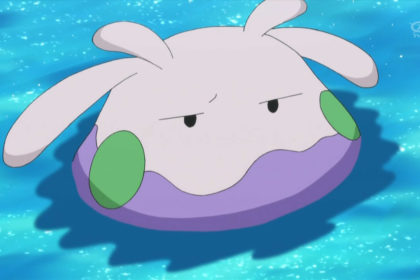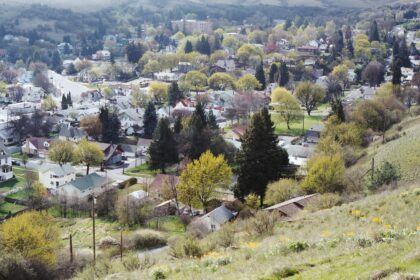Marshal of the Empire Michel Ney, 1st Duke of Elchingen, 1st Prince of the Moskva, was a French soldier and military commander who fought in the French Revolutionary Wars and the Napoleonic Wars. He was one of the original 18 Marshals of the Empire created by Napoleon. Take a look below for 28 more fun and fascinating facts about Michel Ney.
1. Ney was born in the town of Sarrelouis, in the French province of the Three Bishoprics, along the French-German border.
2. He was the second son of Pierre Ney (1738–1826), a mastercooper and veteran of the Seven Years’ War, and his wife Margarethe Greiveldinger (1738-1791).
3. He was the paternal grandson of Matthias Ney (1700–1780) and wife Margarethe Becker (d. 1767), and the maternal grandson of Valentin Greiveldinger and wife Margaretha Ding.
4. His hometown at the time of his birth comprised a French enclave in a predominantly German region of Saarland, and Ney grew up bilingual, due to his German roots.
5. He was educated at the Collège des Augustins, became a notary in Saarlouis and then subsequently became an overseer of mines and forges.
6. Life as a civil servant did not suit Ney, and he enlisted in the Colonel-General Hussar Regiment in 1787.
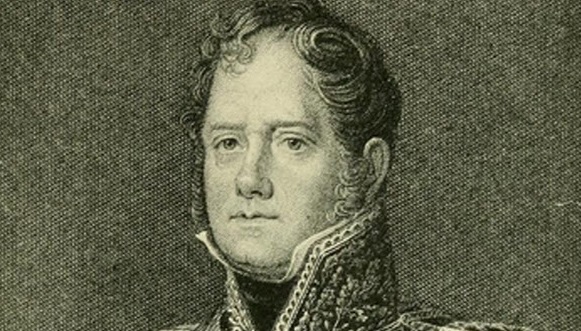
7. Under the Bourbon Monarchy entry to the officer corps of the French Army was restricted to those with four quarterings of nobility (i.e., several generations of aristocratic birth). However, Ney rapidly rose through the non-commissioned officer ranks.
8. He served in the Army of the North from 1792 to 1794, with which he saw action at the Cannonade of Valmy, the Battle of Neerwinden, and other engagements.
9. After the dissolution of the monarchy in September 1792, Ney was commissioned as an officer in October, transferred to the Army of Sambre-et-Meuse in June 1794, and wounded at the Siege of Mainz.
10. Ney was promoted to général de brigade in August 1796, and commanded cavalry on the German fronts.
11. On 17 April 1797, during the Battle of Neuwied, Ney led a cavalry charge against Austrian lancers trying to seize French cannons.
12. The lancers were beaten back, but Ney’s cavalry were counter-attacked by heavy cavalry. During the mêlée, Ney was thrown from his horse and captured in the vicinity of the municipality of Dierdorf; on 8 May he was exchanged for an Austrian general.
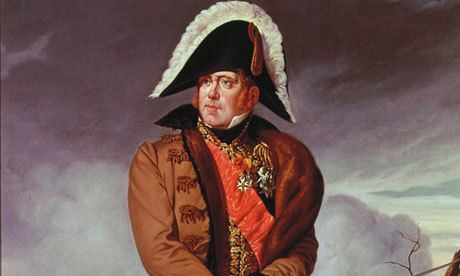
13. Following the capture of Mannheim, Ney was promoted to géneral de division in March 1799.
14. Later in 1799, Ney commanded cavalry in the armies of Switzerland and the Danube.
15. At Winterthur, Ney received wounds in the thigh and wrist. After recovering he fought at Hohenlinden under General Moreau in December 1800.
16. From September 1802, Ney commanded French troops in Switzerland and performed diplomatic duties.
17. When Napoleon was defeated, dethroned, and exiled for the second time in the summer of 1815, Ney was arrested on 3 August 1815.
18. After a court-martial decided in November that it did not have jurisdiction, he was tried on 4 December 1815 for treason by the Chamber of Peers.
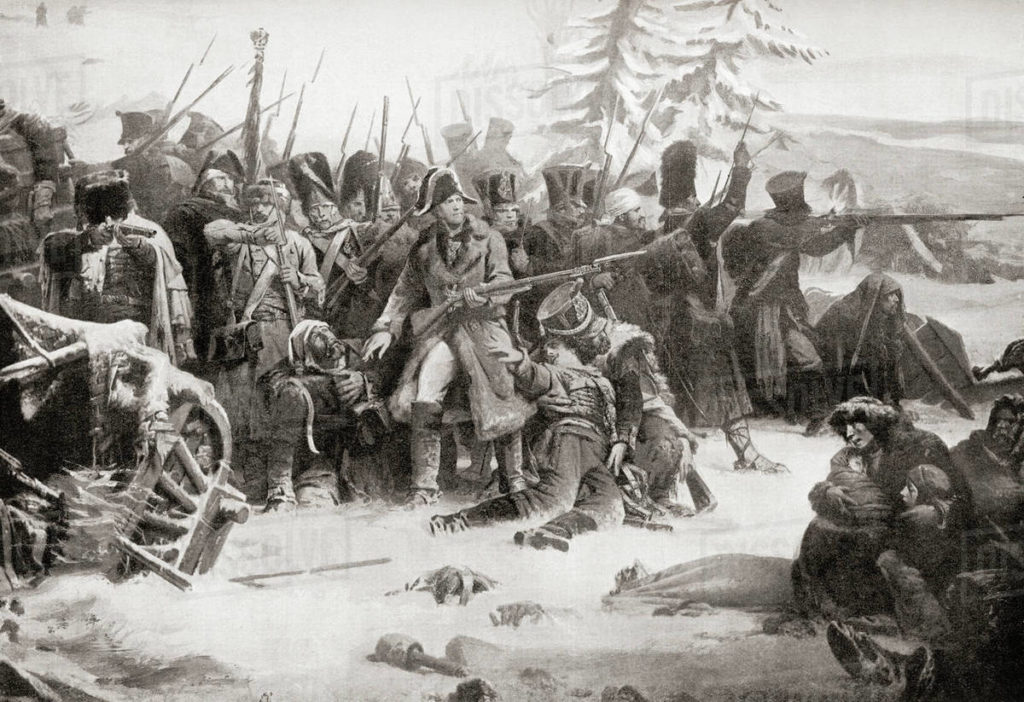
19. In order to save Ney’s life, his lawyer Dupin declared that Ney was now Prussian and could not be judged by a French court for treason as Ney’s hometown of Sarrelouis had been annexed by Prussia according to the Treaty of Paris of 1815.
20. Ney ruined his lawyer’s effort by interrupting him and stating: “Je suis Français et je resterai Français!” (I am French and I will remain French).
21. When the Peers were called to give their verdict, a hundred and thirty-seven voted for the death penalty, seventeen for deportation and five abstained. Only a single vote, that of the duc de Broglie, was for acquittal.
22. On 6 December 1815, he was condemned, and on 7 December 1815 he was executed by firing squad in Paris near the Luxembourg Garden.
23. He refused to wear a blindfold and was allowed the right to give the order to fire .
24. Ney’s execution deeply divided the French public. It was an example intended for Napoleon’s other marshals and generals, many of whom were eventually exonerated by the Bourbon monarchy.
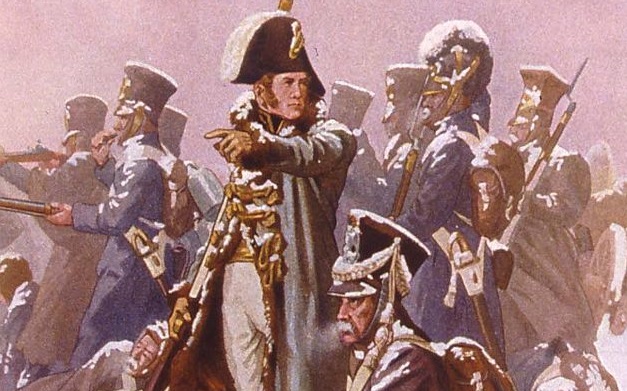
25. Ney was buried in Paris at Père Lachaise Cemetery.
26. Ney married Aglaé Louise, daughter of Pierre César Auguié and Adélaïde Henriette Genet, at Thiverval-Grignon on 5 August 1802. They had four sons.
27. Joseph also had an illegitimate son who was married and died childless.
28. Ney is mentioned and appears in several of Sir Arthur Conan Doyle’s Brigadier Gerard stories, including Brigadier Gerard at Waterloo (1903).

